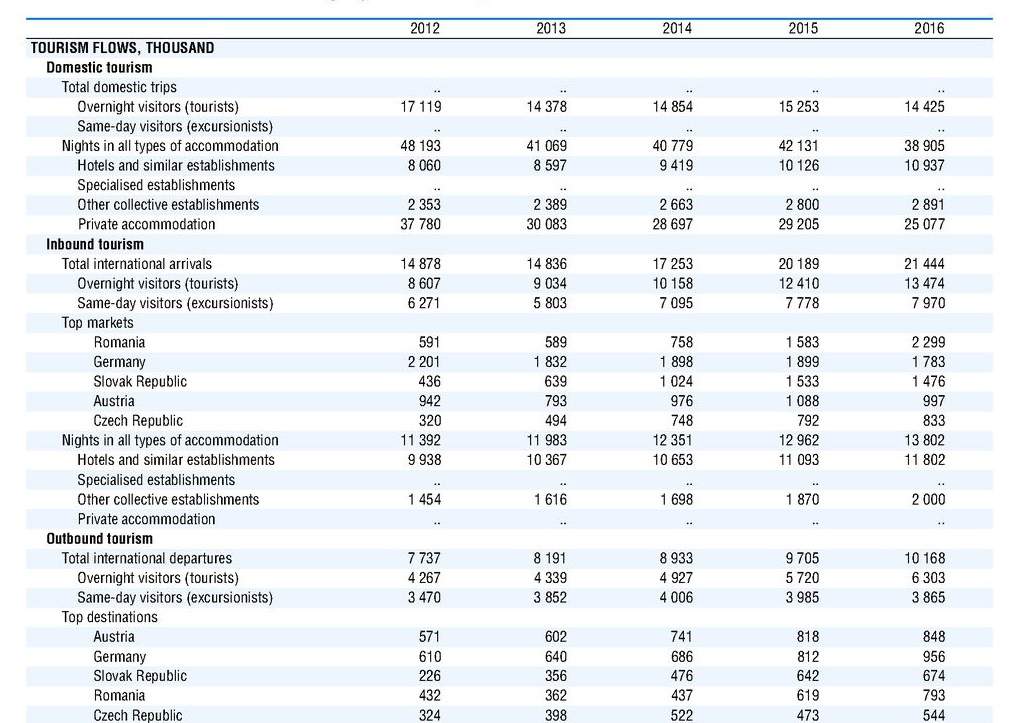Tourism is the mainstay of the Hungarian economy

The latest economic report called OECD Tourism Trends and Policies 2018, carried out by the Organisation for Economic Co-operation and Development (OECD), focuses on the importance of tourism in 49 countries and analyses national data to provide a global picture of this sector in each country’s life. The well-detailed analyses of the outcome provided by Turizmus.com and the OECD’s report shows that Hungary has been dramatically developing in this sector and it is among the leaders according to the previous year’s ranking table.
Tourism is one of the fastest growing sectors of the economy, and it does not only play a vital role in the GDP growth of countries but also provides employment opportunities for millions of people worldwide. It is a significant driver of the Spanish society which the OECD report has also confirmed with credible data.
In fact, this sector provides 11.1% of the total GDP of Spain and employs 13% of the local people that is certainly hard to defeat.
If it were not promising enough for the Mediterranean country, the fact that 82 million tourists visited it in 2017 making it the 2nd most popular tourist destination undoubtedly deserves some attention. Tourism is also a determining sector in Portugal where, in 2016, it contributed with an outstanding 9.2% to the country’s economic growth.

To mention some countries at the other side of the coin as well, it is worth examining the situation of Germany and Japan where the role of tourism in economic development is far more negligible. In the former one, it accounted for 9.2% of the economic growth while in the latter one, it was only 1.9%. However, the relatively weak performance of these countries can be explained by the fact that they are much stronger in tertiary and industrial sectors.
As far as Hungary‘s results are concerned, the situation of tourism is quite promising there.
With its 6.1% contribution to the development of the economy, it precedes such countries as Denmark, Australia, Italy or the United Kingdom. Amazing, right?! In this industry, 346,000 people were employed in the examined period that accounts for 9.1% of the total workforce indicating that 2016 was indeed an exceptional year for the Hungarian tourism.

Improvements can be explained with structural changes made in the sector, but the financial assistance of millions of euros devoted to promotional tourism activities is also worth mentioning. Furthermore, another important factor that affects the sector favourably is the reduction of VAT from 27% to 18%.
Among the future plans of the Hungarian Tourism Agency is the development of tourism in priority areas, including places like the Danube bend, Lake Balaton, Debrecen, Tokaj and Sopron, where the major aim is to make investments and boost tourism to make these destinations more attractive to tourists.
All in all, the results of the study clearly show that Hungarian tourism is on the right track and hopefully with further state-supported developments, it could attract even more tourists in the future providing better employment prospects for Hungarians as well.
Featured image: Bódis Krisztián facebook/Budapest Images
Source: turizmus.com; read.oecd-ilibrary.org/oecd-tourism-trends-and-policies-2018





